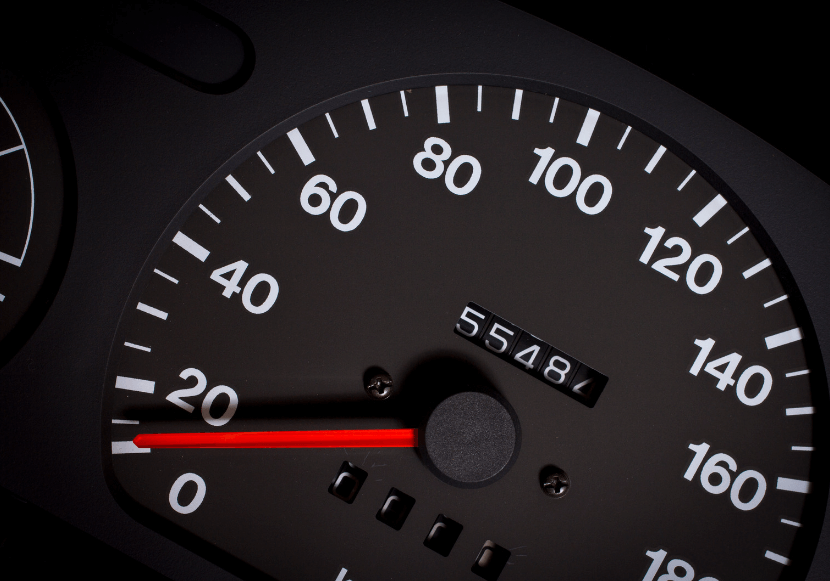
LR41 batteries, commonly used in small electronic devices such as watches, calculators and medical equipment, are compact but powerful button cell batteries.
Despite their small size, proper handling during replacement and disposal is essential to ensure safety and environmental sustainability. If you want to know how to replace and properly dispose of an LR41 battery then this article is for you.
What is an LR41 battery?
An LR41 battery is an alkaline button cell battery that measures approximately 7.9 mm in diameter and 3.6 mm in height. It is commonly used in small, low-power devices because of its compact size and consistent voltage output of 1.5 volts.
LR41 is also known as AG3, 192, or SR41W in various parts of the world. Its versatile nature makes it a popular choice for devices such as thermometers, laser pointers, and digital watches.
How to Properly Replace and Dispose of an LR41 Battery
Step 1: Identifying when an LR41 battery needs to be replaced
The first step to properly replacing an LR41 battery is to identify when the battery needs to be replaced. Here are some signs that indicate your device’s battery is running low:
Device malfunctions or fails to turn on: A device that relies on an LR41 battery may not turn on or exhibit erratic behavior when the battery is low.
Dim or faded display: For devices with digital screens, a dim or faded display is a common indicator of a weak battery.
Frequent Low Battery Alerts: Some gadgets may have a built-in low battery indicator.
Note: If you notice any of these symptoms, it’s time to replace the LR41 battery.
Step 2: Replace an LR41 battery
- Gather the necessary equipment
- Before starting the replacement process, make sure you have:
- A new LR41 battery (make sure it matches the correct specification for your device)
- A small screwdriver (if your device has screws securing the battery compartment)
- Tweezers (to handle batteries in tight spaces)
Step by step replacement process
Turn off the device
Before replacing the battery, turn off the device to avoid accidental short circuit or damage.
Locate the battery compartment
Locate the battery compartment, usually found on the back or bottom of the device. On some devices, you may need to remove a cover to access it.
Open the battery compartment
Use a small screwdriver if the screws are present, or gently pry the cover open. Be careful not to damage the device.
Remove the old LR41 battery
Carefully remove the old battery using your fingers or tweezers. If you use metal tweezers, be careful to avoid short-circuiting the battery terminals.
Insert new LR41 battery
Make sure the positive (+) and negative (-) terminals are aligned with the markings on the battery compartment. Insert the new battery into the compartment, making sure it fits securely.
Close the battery compartment
Replace the cover and screw it back into place if necessary. Make sure the cover is firmly secured.
Check the device
Restart the device to make sure it works properly with the new battery.
Step 3: Proper disposal of an LR41 battery
Proper disposal of LR41 batteries is important due to their chemical composition, which may contain elements such as mercury, lead or cadmium.
Why is it a matter of proper disposal?
Button cell batteries such as the LR41 can be harmful to the environment if disposed of in regular household waste. The chemicals inside the battery can leak over time, contaminating soil and water sources. Recycling or disposal of batteries at designated facilities helps reduce this environmental impact.
Procedure for proper disposal
Recycling center or collection point
Many communities have designated recycling centers that accept small batteries, including LR41. Look for collection points at local battery recycling programs or electronics stores.
Hazardous waste facilities
Some areas have hazardous waste facilities that collect used batteries. These facilities ensure that batteries are disposed of safely and in accordance with environmental regulations.
Retail Take-Back Program
Some electronics retailers offer take-back programs where you can drop off used batteries for recycling. This is a convenient option if you live near such stores.
Mail-in recycling program
Several companies offer mail-in programs where you can send your used batteries for proper recycling.
Be sure to follow the packaging instructions provided by the program to avoid safety risks during transportation.
When working with used or expired batteries, follow these safety tips to prevent accidents:
Store batteries in a safe place: Store used batteries in a safe, non-metallic container to avoid accidental short circuits. Keep them away from children and pets.
Do not burn or crush: Never dispose of batteries by burning or crushing them, as this can release toxic chemicals and cause an explosion.
Terminal tape: For added safety, especially if you store multiple batteries, tape the terminals of each battery to avoid short-circuiting.
Frequently Asked Questions
Can I use a different battery type instead of an LR41?
Yes, there are equivalents to LR41 such as SR41, AG3, or 192 batteries. However, it’s crucial to ensure the voltage and size specifications match exactly to avoid damaging your device.
How long does an LR41 battery typically last?
Battery life depends on the power consumption of the device. In general, an LR41 battery can last between 1 to 3 years in low-drain devices.
Are LR41 batteries rechargeable?
No, LR41 batteries are not designed to be recharged. They are disposable alkaline button cells. Attempting to recharge them can be dangerous and may cause leakage or explosion.
What should I do if an LR41 battery leaks?
If a battery leaks inside a device, use protective gloves to clean the area with a mixture of baking soda and water (for alkaline batteries). Avoid contact with the skin, eyes, or mouth, and dispose of the leaking battery safely.
Conclusion
Replacing and disposing of LR41 batteries is a simple process that requires a little care and attention to safety. By following the steps above, you can ensure that your devices work properly while protecting the environment. Always recycle used batteries at designated facilities and handle them safely to prevent accidents and contamination.


















